Menu
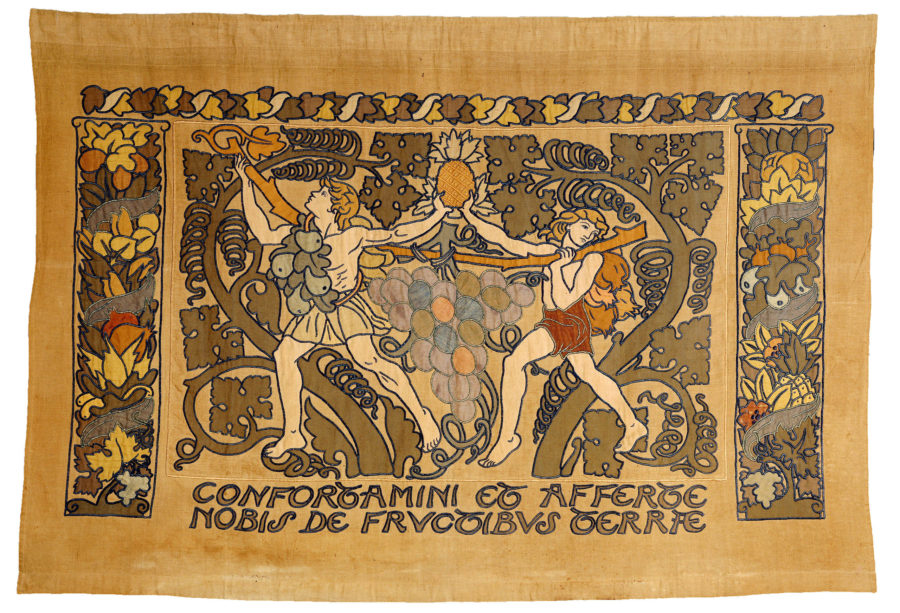
Arts and Crafts was an exciting and radical, international design movement that flourished between 1860 and 1910. Especially in the second half of that period. It stood for traditional, fine craftsmanship, utility and simplicity.
It was a reaction against growing mass production; and what its advocates saw as the de-humanising march of growing industrialisation.
Designers of the Arts and Crafts movement, often applied medieval, gothic, romantic, natural and folk styles of decoration, with subtle oriental and natural influences. From architecture, to upholstery, furniture design to wallpaper. The evidence and influence of the movement are still with us today.

Furniture often displayed joints and construction, and craftspeople often favoured the beauty of natural materials, over beauty via excessive ornamentation.
It was intended as a design movement for the people, where objects of high artistic value were available to more people, and had clear utility.
Oak was usually the wood of choice for furniture makers; with a strong preference for showcasing the woods patina and medullary rays – the distinctive and attractive white markings that extend vertically along the oak tree.
This gives a very natural and alive, almost three dimensional, quality to the patina of some larger arts and crafts pieces. However the Arts and Crafts movement wasn’t limited to larger furniture pieces alone.
It had an enormous influence upon the architecture and overall interior design of the day. It is impossible to understand the overall movement, without thinking about the wider socio-political context of the day.
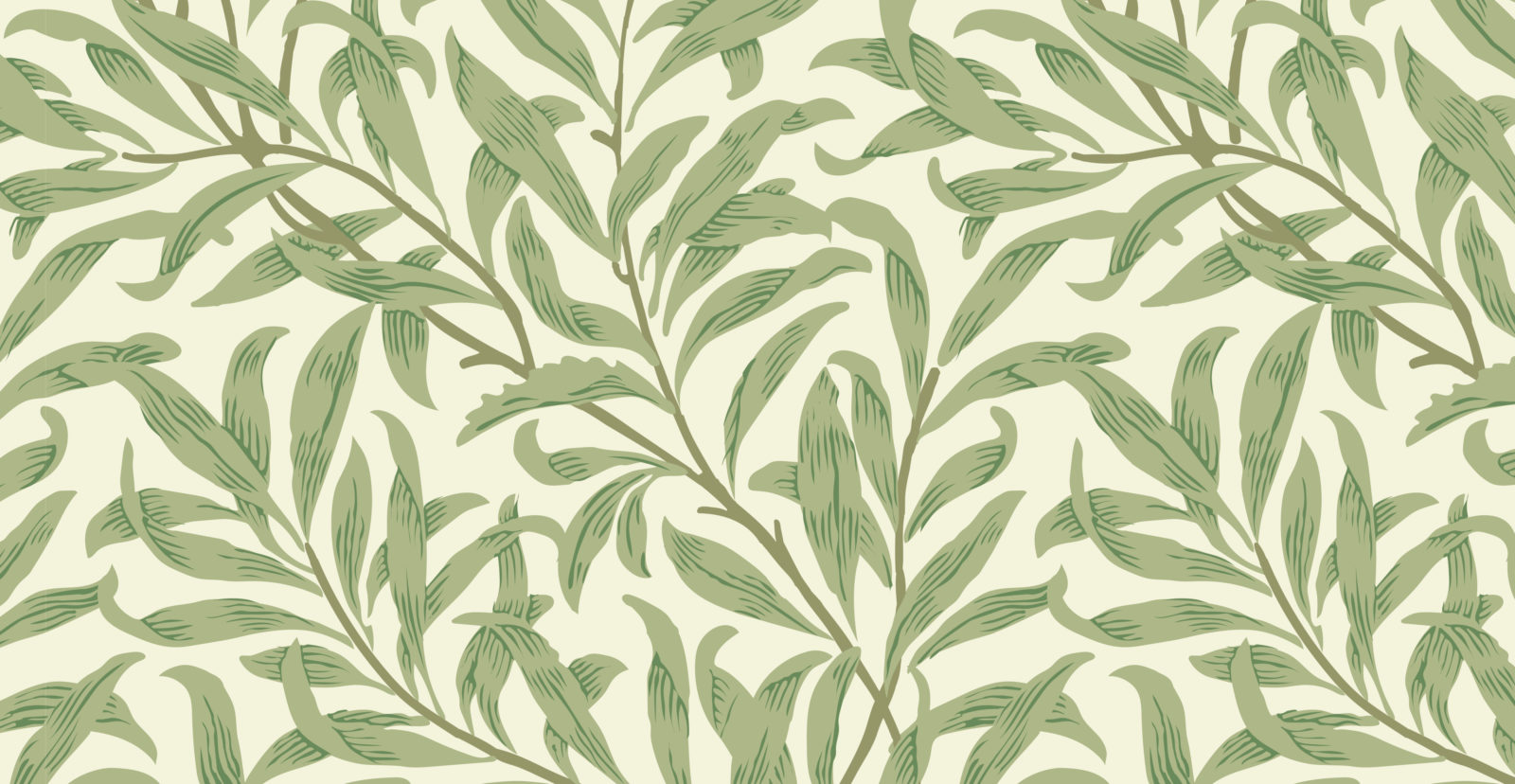
The Arts and Crafts movement is closely related to, but distinct from the Art Nouveau and the Aesthetic movements of around the same era.
The Arts and Crafts movement began in reaction to British industrialisation, producing a set of values that uniquely influenced Arts and Craft design. Born in the UK, it radiated out across the British Empire at a time when the sun was said to never set on its shores.
The movement went on to take on its own distinct form in the US and Australia. It went on to influence the Japanese Mingei movement; which also celebrated natural materials and original craftsmanship. Before being superseded during the 1930s in Britain by Modernism.
Arts and Crafts doesn’t represent a single aesthetic style, more a set of values which influenced the creation of a set of sub styles, which are clearly recognisable once the outlook of its advocates is understood. Both Arts and Crafts and Art Nouveau utilise simple, natural lines; albeit in different ways. They especially cross over at the natural, naive and folk art influenced edges of both styles.
However, Art Nouveau design tends to utilise bolder, rounder lines, and bolder brasher colour schemes. This is because it’s designers embraced the modern industrial pigmentation and dying techniques of the day.
Whereas advocates of Arts and Crafts favoured a return to pre- industrial, natural dying and pigmentation techniques. So colour schemes tend towards natural, subtler tones within Arts and Crafts design schemes.
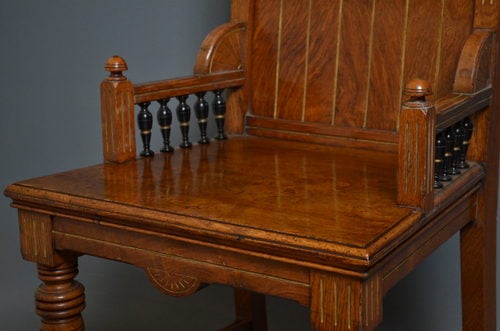
The movement was spearheaded by a handful of prominent designers, thinkers and arts activists including William Morris, John Ruskin, C.F.A. Voysey, T. J. Cobden-Sanderson, and architect Augustus Pugin. Their ideas were highly influenced by the controversial, radical socio-political thinkers and writers of the day such as Marx and Ruskin himself, who some view as the ideological forefather of modern day environmentalism.
As mass production began to take hold, William Morris et al perceived a rapidly declining standard of craftsmanship, across the decorative arts and crafts. Witnessing first hand the dehumanisation of the working class; their mission was a socialist and humanist one. To make art accessible! To bring art and craftsmanship into the homes of the everyday people. Uplifting their lives.
Art critic and writer, John Ruskin, heavily criticised the industrial revolution. He believed that in a moral society the workers should also have the opportunity to design the things that they made. It was simultaneously a call to support and maintain an artisan culture; and a romanticism of nature and a pre-industrial, more agrarian, age.

Advocates believed that skilled craftsmanship would provide greater human satisfaction and fulfilment; creating better artisanal works. They encouraged the creation of medieval style guilds for craftspeople. Neo-gothic design is a vital part of the Arts and Crafts aesthetic.
This fitted with a worldview that romanticised a pre-industrial era. Ruskin especially, romanticised about rural craftsmanship and was concerned about the impact that industrialisation was having upon the environment.

Morris’s bold and iconic design had a strong influence upon upholstered Arts and Crafts pieces. This screen, with embroidered panels, was designed by John Henry Dearle, who worked as a textile and glass designer under Morris for much of his career.
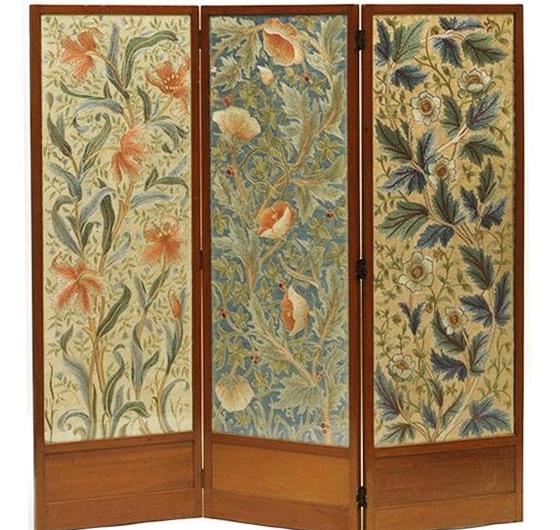
Dearle, like Ruskin, was heavily influenced by the work of the Pre-Raphaelite Brotherhood, which fits with the neo-gothic romanticism of the movement. This piece also fits with the utilitarian ideology. The furniture design is simple, it showcases the natural wood once again, and the tones are natural. It also gives a subtle nod to the orient.
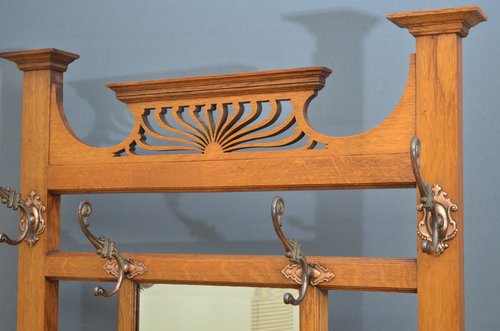
A number of designer/makers set up workshops in rural areas and sought to revive old techniques, a movement that still has a strong influence upon rural life, and furniture making, throughout the UK today.
In this sense, it truly was a social movement at heart; as much as a design one. It was also a movement that transcended the boundaries of different creative fields. From architecture, to textile design, stained glass, furniture and more.
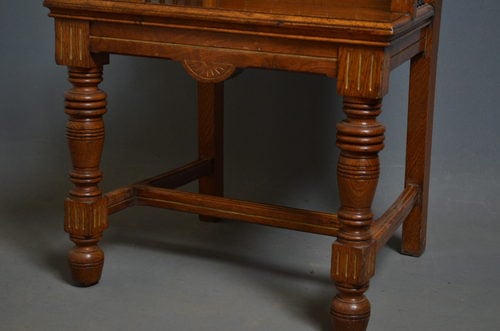
It is possible to choose Arts and Crafts design for every element of the home from architecture to lighting and more. And many do.
However with its folk art, oriental, gothic and rustic leanings, arts and crafts furniture integrates perfectly with a very wide range of styles. From rustic shabby chic, to oriental pieces, to art nouveau and more.
One or two signature Arts and Crafts furniture pieces can sit perfectly in a wide range of homes. From the modern home, to a rural cottage, to an Arts and Crafts town house. Arts and Crafts furniture design is at once beautiful and versatile, and can work in a so many settings.
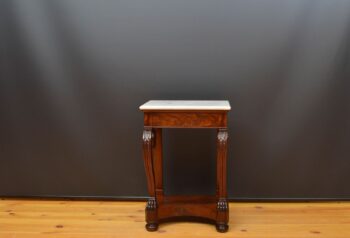 Antique mahogany console table
£2,250.00
Antique mahogany console table
£2,250.00
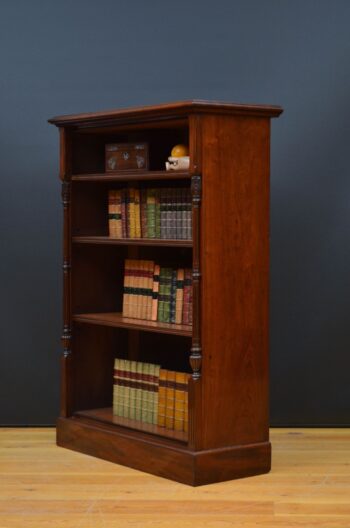 Victorian mahogany open bookcase
£1,685.00
Victorian mahogany open bookcase
£1,685.00
 Victorian Walnut Open Bookcase
£1,650.00
Victorian Walnut Open Bookcase
£1,650.00
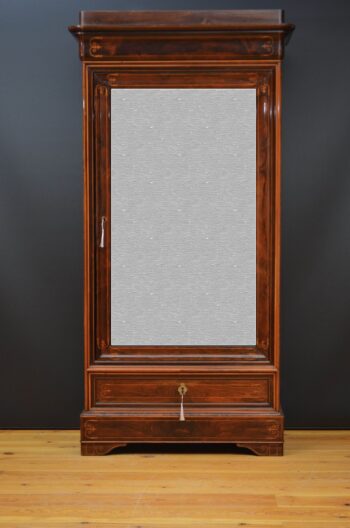 Antique French Rosewood Wardrobe or Bookcase
£2,500.00
Antique French Rosewood Wardrobe or Bookcase
£2,500.00
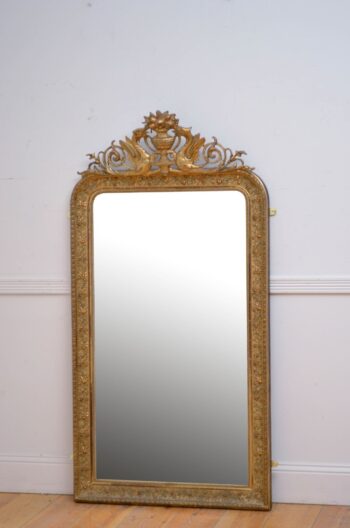 French 19th Century Gilded Pier Mirror H161cm
£2,600.00
French 19th Century Gilded Pier Mirror H161cm
£2,600.00
| Cookie | Duration | Description |
|---|---|---|
| cookielawinfo-checbox-analytics | 11 months | This cookie is set by GDPR Cookie Consent plugin. The cookie is used to store the user consent for the cookies in the category "Analytics". |
| cookielawinfo-checbox-functional | 11 months | The cookie is set by GDPR cookie consent to record the user consent for the cookies in the category "Functional". |
| cookielawinfo-checbox-others | 11 months | This cookie is set by GDPR Cookie Consent plugin. The cookie is used to store the user consent for the cookies in the category "Other. |
| cookielawinfo-checkbox-necessary | 11 months | This cookie is set by GDPR Cookie Consent plugin. The cookies is used to store the user consent for the cookies in the category "Necessary". |
| cookielawinfo-checkbox-performance | 11 months | This cookie is set by GDPR Cookie Consent plugin. The cookie is used to store the user consent for the cookies in the category "Performance". |
| viewed_cookie_policy | 11 months | The cookie is set by the GDPR Cookie Consent plugin and is used to store whether or not user has consented to the use of cookies. It does not store any personal data. |